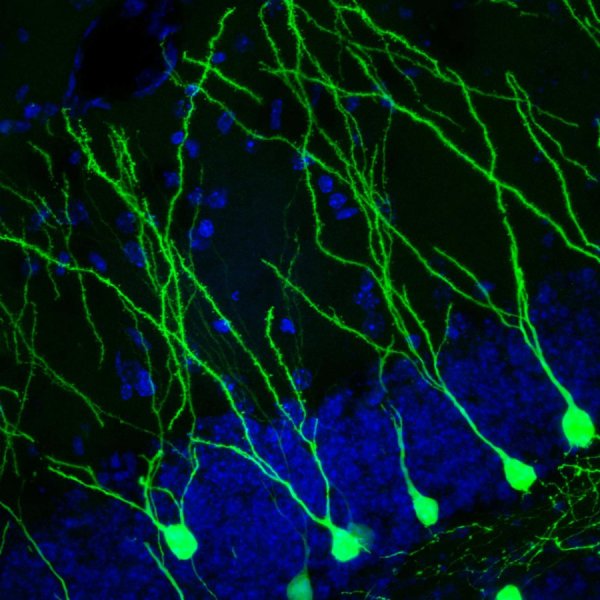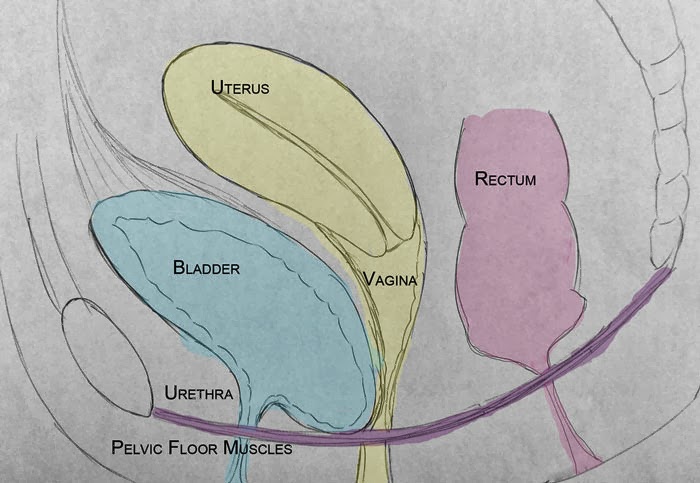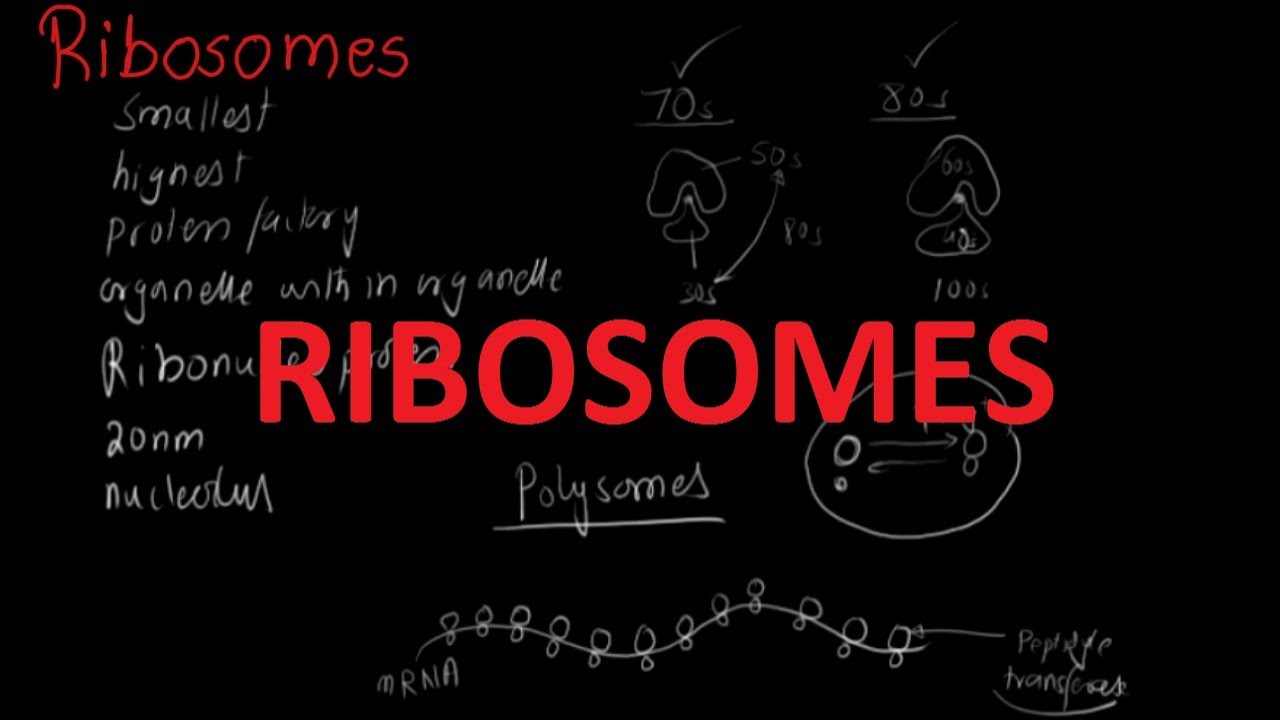The human brain is a highly complex machine. The cells that perform the information processing are called neurons. The neurons receive input from their surroundings or from other neurons using a structure called synapse and transmit an electrical signal, either to other neurons through the synapse or to other tissues such as muscles. The creation and destruction of synapses is sometimes dynamic and such events are related to learning and memorizing.
How to Stimulate a Single Neuron
Researchers have developed a method to stimulate only one neuron, enabling a better understanding of the influence of this neuron on the activity of another neuron. The method developed uses a gene taken from alga that triggers electrical stimuli upon light detection to create mice neurons that respond to light. Using genetic engineering the team was able to introduce the gene into some of the mice’s neurons. When such a cell is pointed at with a laser beam, it triggers electrical activity in the neuron. Using this setup, the effect of a single neuron can be measured. The stimulation is done to a live and behaving mouse.
The new method enabled the scientists to study the effect of a single neuron on its neighbours. Until now, mostly groups of neurons were investigated experimentally and grasping the functionality of a single neuron was subject to computer models. The team, headed by Professor Karel Svoboda, made it possible to activate a single neuron and watch the application of that activation. Using this method they could discover a lot about learning.
Achievements in Single Neuron Study
The first conclusion they were able to deduce was that a small amount of cells is needed for learning. The team used its method to try and teach mice to drink from a certain water port. When stimulating only some dozens of neurons they were able to teach the mice to prefer one water port over another and at the end of the learning process they drank from one water port upon stimulation and from the other when there was no such stimulation. This number of cells is considered very low compared to the 100 billion cells in the brain.
The second achievement was in going down to details and learning the relations between neurons. The researchers found out that when a learning process is happening, it happens abundantly. The team tracked neurons that created a synapse upon stimulation of one of them. This creation of synapse is considered to be a part of a learning process. When testing the ability of the stimulated neuron to create other synapses they found that as the first synapse was created, other synapses were created ten times faster than normal.
Stimulation of a single neuron, achieved by transgenic engineering is a powerful way of learning about neurons and behaviour. It turns out the learning is easier and stronger than was previously thought.









